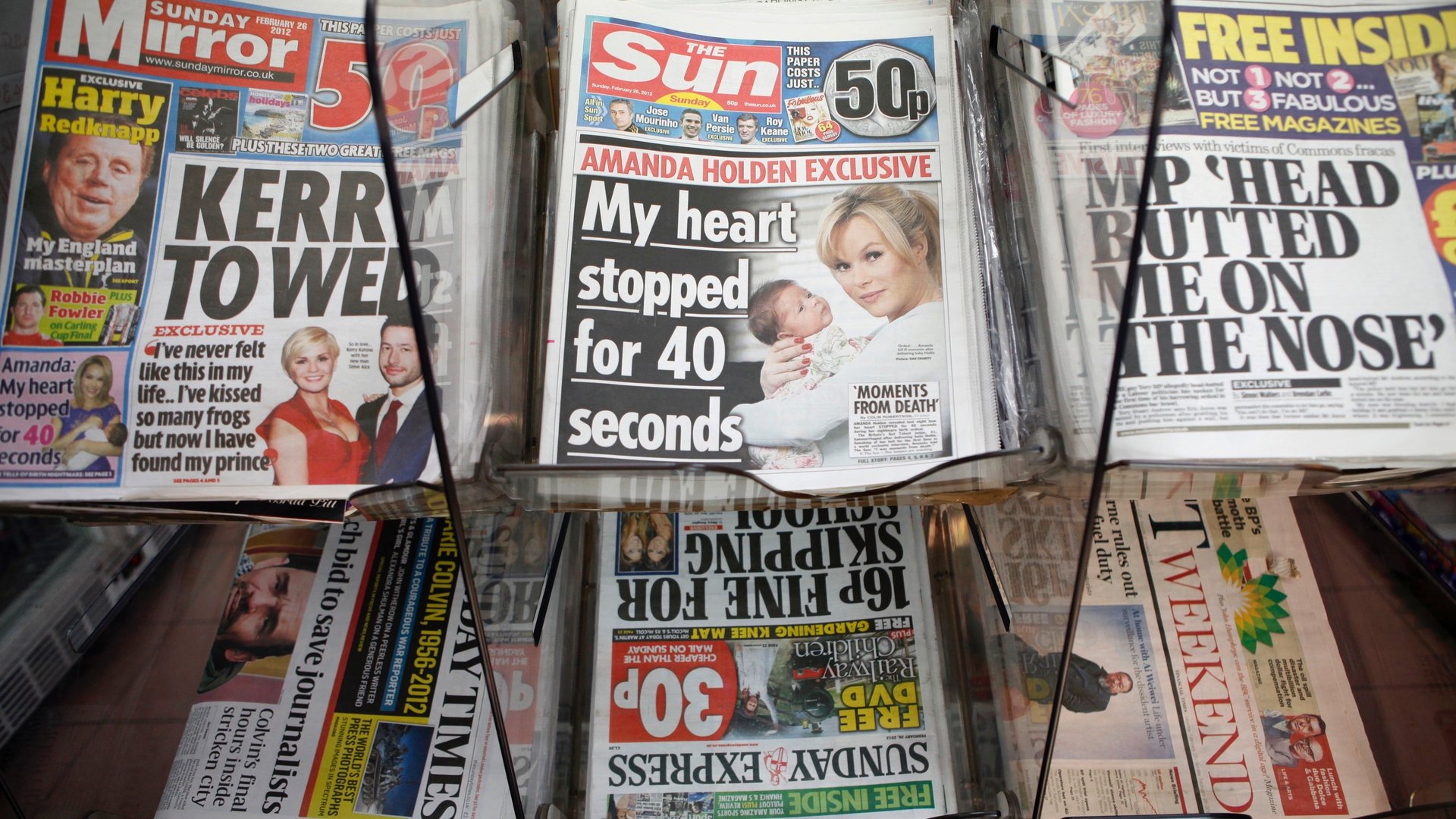Here’s a handy cheat sheet of false and misleading “news” sites
In the wake of a debate over the role of fake news in the US election, a professor is doing what Facebook has failed to: identifying untrustworthy sources.


In the wake of a debate over the role of fake news in the US election, a professor is doing what Facebook has failed to: identifying untrustworthy sources.
Melissa Zimdars, an associate professor of communication and media at Merrimack College in Massachusetts, has created a public Google Doc listing news sites that distribute incorrect information. Titled “False, Misleading, Clickbait-y, and Satirical ‘News’ Sources,” the list includes blatantly incorrect URLs like”abcnews.com.co” and “drudgereport.com.co,” but also sites whose stories are of dubious origin and sourcing. Popular satirical site The Onion and conservative news outlet Breitbart News are included, as are lesser known offenders.
To distinguish between different types of incorrect—misguiding, misinforming, etc.—Zimdars’ guide slots many of the nearly 140 sites into categories:
- “Fake, false, regularly misleading sites” which rely on “outrage” using distorted headlines and decontextualized or dubious information in order to generate likes, shares, and profits” (examples: Politicalo, AmericanNews.com)
- Websites that may circulate misleading and/or potentially unreliable information (examples: ConsciousLifeNews.com, CountdownToZeroTime.com)
- These websites sometimes use clickbait-y headlines and social media descriptions (examples: BipartisanReport.com, TheFreeThoughtProject.com)
- Purposefully fake satire/comedy sites that can offer critical commentary on politics and society, but have the potential to be shared as actual/literal news (examples: Christwire.org, TheOnion.com)
Zimdars was inspired to create the guide—primarily geared at helping students become media literate—after she noticed a top Google result on the election that linked to a fake Wordpress site with fake numbers. The sites on her list often display a lack of editing, revision, and source-checking; many have purposely misleading headlines that don’t represent the article. Zimdars says that she has another non-public document with over 300 more sources that people have flagged to her as inaccurate. She says the distribution of inaccurate information has been “compounded by the ease of circulation on social media.”
While tech companies have been slow to hold themselves accountable for the proliferation of fake news—Facebook CEO Mark Zuckerberg has emphasized the complexity of separating truth from lies—some of them are responding to the backlash. Earlier this week, Google said it would restrict ads from fake websites, and Facebook banned ads from fake publishers. The move followed a BuzzFeed investigation that traced nearly 140 hoax news sites to a small town in Macedonia.
Zimdars says Facebook’s algorithm, which tends to only show users content they agree with, makes the company complicit in spreading falsehoods. ”That feeds into people only seeing particular viewpoints or sources, which to me allows for these kinds of sites to be circulated with much more frequency,” she says. Zimdars suggests Facebook create a “check this source bar” that would display information about a story’s origin. Azeem Azhar, a writer and investor in artificial intelligence companies, has suggested similar“trust signals” for reliability.
“We have to remove the barrier for people to fact-check what they’re sharing,” Zimdars says. “[That is], If we can even get them to read what they’re sharing.”